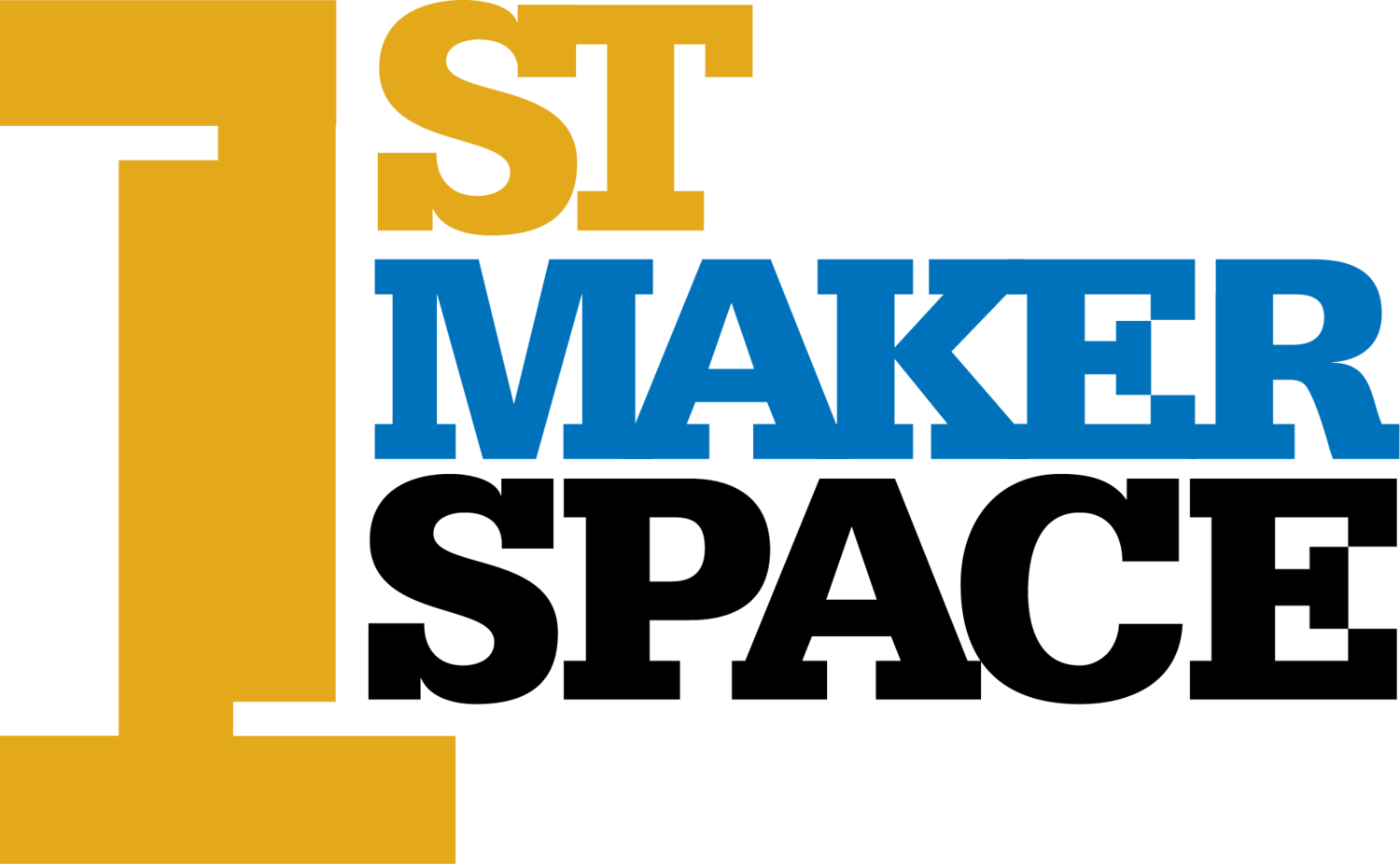3Doodler 3D Pen-Enabled Geometry Fun
Introduction: Unleashing the Power of Pentominoes in the Classroom Using the 3Doodler 3D Pen
Pentominoes offer an engaging and educational way to introduce students to geometry, problem-solving, and spatial skills. By incorporating 3Doodler 3D Pen technology into these lessons, educators can create dynamic, hands-on learning experiences that captivate students and deepen their understanding of mathematical concepts. This comprehensive guide will explore the fascinating world of pentomino puzzles and how to use 3Doodler 3D Pen lessons to enhance learning outcomes effectively.
Section 1: Understanding Pentominoes and Their Mathematical Significance
Pentominoes: An Overview
A pentomino is a geometric shape composed of five equal-sized squares connected edge-to-edge. There are 12 unique pentomino shapes, each with its distinct name and characteristics. These intriguing shapes can be used to create various composite figures, making them an excellent tool for developing students' spatial reasoning and problem-solving abilities.
Relating Pentominoes to Mathematical Concepts
Pentominoes have a solid connection to several essential mathematical concepts, including:
Area and perimeter
Composite shapes
Transformations (rotations, reflections, and translations)
Fractions
Teachers can provide students with a solid foundation in these critical areas by incorporating pentomino puzzles into classroom activities.
Section 2: Creating 3Doodler 3D Pen Pentominoes for Classroom Use
Equipment and Materials Needed
To create a set of 3Doodler 3D Pen pentominoes for classroom use, students will need the following:
3Doodler 3D Pen (one per pair of students)
Scissors (one per pair)
Sandpaper or nail file (one per pair)
Pentomino worksheet (one per pair)
Step-by-Step Guide to Crafting 3Doodler 3D Pen Pentominoes
Assign five equal-sized squares to each pair of students and instruct them to create as many different composite shapes as possible by connecting the squares edge-to-edge.
Display the 12 unique pentomino shapes using a tablet, laptop, or computer screen, and have students practice recognizing and identifying each body by name.
Explain the objective: To 3Doodle a set of pentominoes and use them to solve the 6x10 rectangle puzzle with 2,339 possible solutions.
Demonstrate using the pentomino worksheet stencils and 3Doodler 3D Pen to create a set of pentominoes. Emphasize the importance of tracing stencils accurately to ensure that the shapes fit together neatly.
Distribute the pentomino worksheet and 3Doodler 3D Pens to the students and monitor their progress as they work on their projects.
Section 3: Solving the 6x10 Rectangle Puzzle with 3Doodler 3D Pen Pentominoes
Practicing Online
Before attempting the 6x10 rectangle puzzle with their 3Doodler 3D Pen pentominoes, students can practice solving the puzzle online. This will familiarize them with the allowed transformations (reflection, translation, and rotation) and help them develop a strategy for solving the mystery.
Using 3Doodler 3D Pen Pentominoes to Solve the Puzzle
Once students have created their 3Doodler 3D Pen pentominoes and practiced solving the puzzle online, they can use their physical pentominoes to attempt the 6x10 rectangle puzzle on the pentomino worksheet mat. Please encourage students to use their knowledge of transformations and problem-solving skills to discover one or more of the 2,339 possible solutions.
Conclusion: Reflecting on the Pentomino Puzzle Experience
After students have completed the 6x10 rectangle puzzle using their 3D pen pentominoes, engaging them in a reflective discussion about their experiences is essential. This will allow them to think critically about the challenges they faced, the strategies they employed, and the mathematical concepts they applied during the process.
Questions for Discussion
Here are some suggested questions to facilitate a meaningful conversation about the pentomino puzzle experience:
What did you find most challenging about this activity, and how did you overcome those challenges?
Which strategies or techniques did you use to solve the 6x10 rectangle puzzle?
How did your understanding of transformations (rotations, reflections, and translations) contribute to your problem-solving?
Can you identify connections between the pentomino puzzle and mathematical concepts like area, perimeter, or fractions?
Section 4: Expanding on the Pentomino Puzzle for Further Learning
As a versatile and engaging educational tool, pentomino puzzles can be adapted to explore various mathematical concepts and challenges. Here are some ideas for extending the pentomino puzzle experience in the Classroom:
Designing custom puzzles: Encourage students to create their pentomino puzzles and challenge their classmates to solve them. This activity can promote creativity and collaboration and further develop problem-solving skills.
Exploring other polyomino shapes: Introduce students to different polyomino shapes, such as dominoes (two squares attached) or trominoes (three squares attached), and have them create puzzles using these new shapes.
Incorporating fractions: Have students use pentominoes to represent fractions and perform operations such as addition or subtraction. This can help solidify their understanding of fractions tangibly and engagingly.
Connecting to art: Encourage students to use their 3D pen pentominoes to create artistic compositions or patterns, incorporating design and color theory elements. This activity can foster a connection between mathematics and creative expression.
Final Thoughts: The Power of 3D Pen Pentominoes in Education
Incorporating the 3Doodler 3D pen technology and pentomino puzzles into the Classroom offers a unique and powerful way to engage students in learning essential mathematical concepts. By creating hands-on, interactive experiences, educators can foster a deeper understanding of geometry, problem-solving, and spatial skills while promoting creativity, collaboration, and critical thinking.






